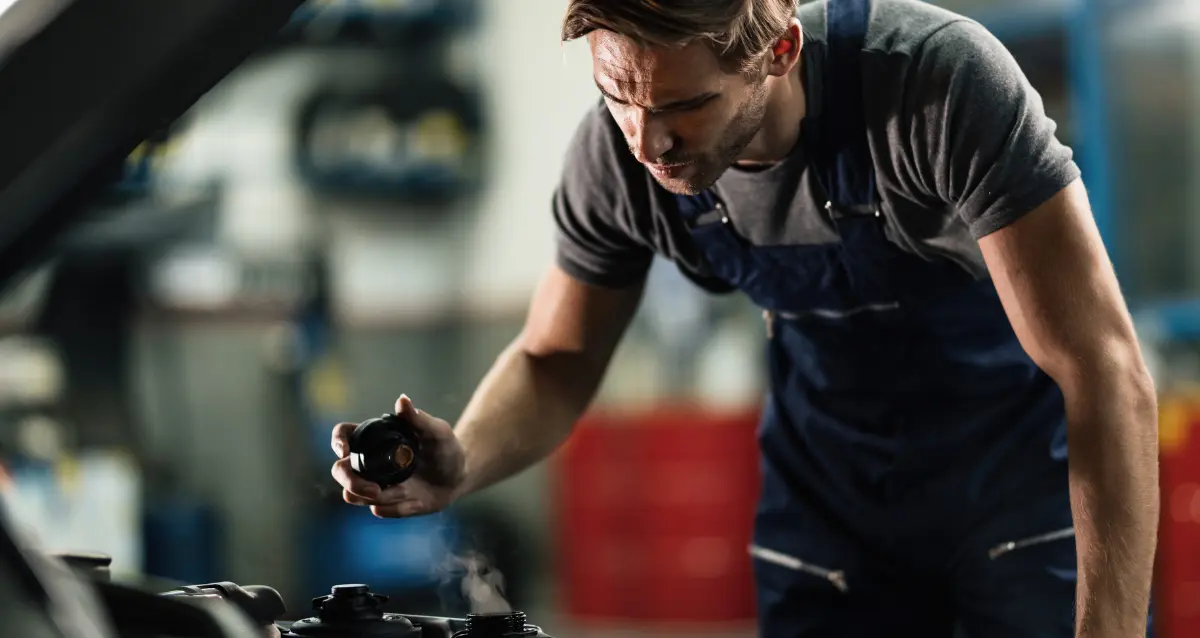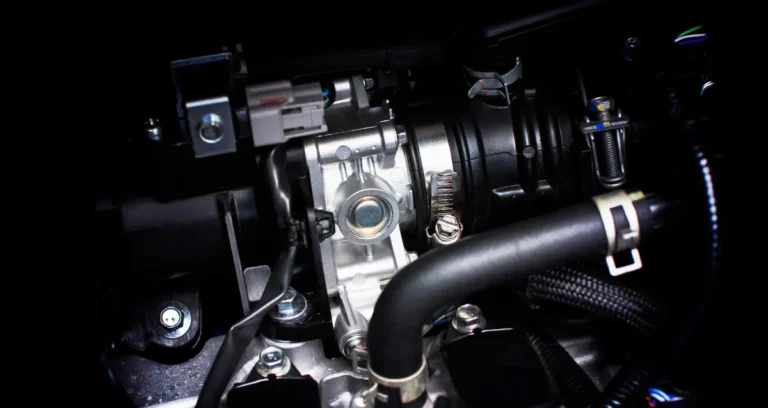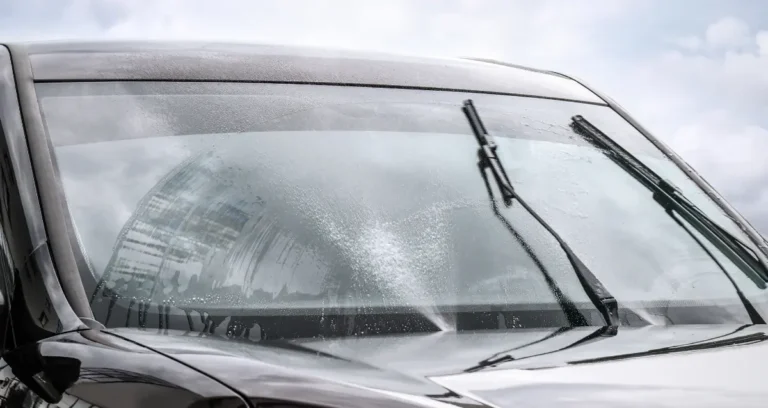How to Burp Coolant System: A Comprehensive Guide
Proper bleeding of the coolant system is crucial for ensuring optimal engine performance and preventing overheating issues. Air pockets trapped within the cooling system can significantly impede the flow of coolant, leading to hot spots and potential engine damage. Whether you’ve recently replaced a component or experienced a coolant leak, burping the coolant system is essential to remove any trapped air and restore efficient cooling.
Understanding the Coolant System
The coolant system is a vital component of your vehicle’s engine, responsible for regulating temperature and preventing overheating. It consists of various components, including the radiator, water pump, thermostat, hoses, and the engine block itself. The coolant, a mixture of water and antifreeze, circulates through these components, absorbing heat from the engine and dissipating it through the radiator.
Signs that Indicate the Need for Bleeding
Several signs may indicate the need for bleeding the coolant system:
Air Pockets in the System
If you notice coolant constantly being consumed or the need to frequently top up the coolant level, it could be a sign of air pockets in the system. These air pockets can prevent proper coolant circulation and lead to overheating issues.
Overheating Issues
If your engine is overheating, even after topping up the coolant level, it could be due to trapped air in the cooling system. Overheating can cause severe damage to your engine, making it crucial to address the issue promptly.
Coolant Leaks or Low Coolant Levels
If you’ve experienced a coolant leak or had to refill the system due to low coolant levels, it’s essential to bleed the system to ensure proper circulation and prevent air pockets from forming.
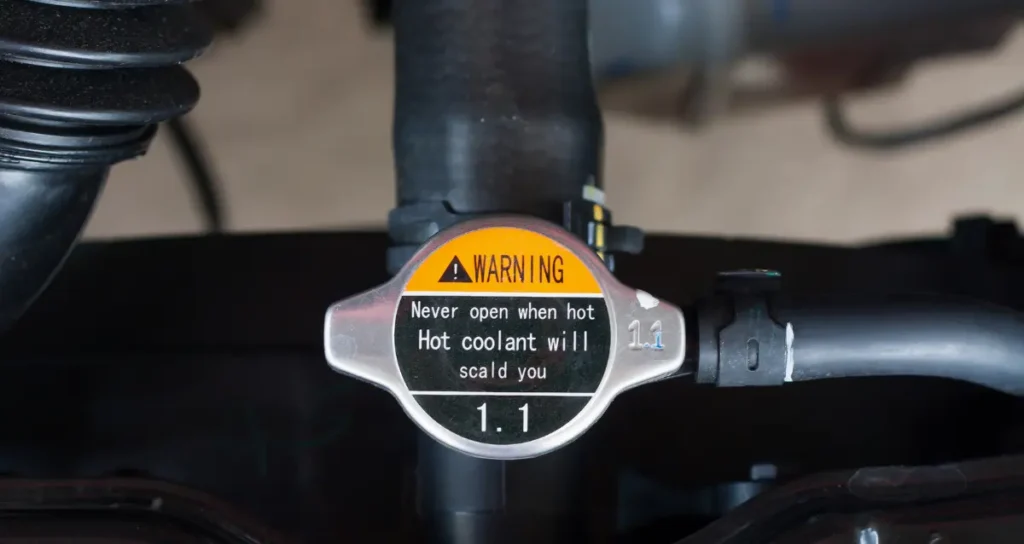
Preparing for the Bleeding Process
Before you begin the bleeding process, gather the necessary tools and materials:
- Coolant (check your owner’s manual for the recommended type)
- Funnel
- Rags or paper towels
- Gloves (for protection against hot coolant)
- Safety glasses
Additionally, ensure you take the necessary safety precautions:
- Never attempt to bleed the coolant system while the engine is hot, as the coolant can be scalding.
- Work in a well-ventilated area to avoid inhaling coolant fumes.
- Consult your vehicle’s owner’s manual for any specific instructions or precautions.
Step-by-Step Guide to Bleeding the Coolant System
Follow these steps to effectively bleed the coolant system:
Refilling the Radiator
- With the engine cooled down, locate the radiator cap and remove it.
- Using a funnel, slowly pour the coolant into the radiator until it is full.
- Replace the radiator cap loosely to allow air to escape.
Starting the Engine and Setting the Heat
- Start the engine and let it idle.
- Turn on the heater and set it to the highest temperature setting.
- Set the fan speed to the lowest setting to allow proper monitoring of the heat output.
Monitoring the Coolant Level
As the engine warms up, the coolant level in the radiator will drop. Continuously monitor the level and top it up as needed.
Checking for Proper Heat Output
Once the engine reaches operating temperature and the thermostat opens, you should feel hot air coming from the vents. This indicates that the coolant is circulating through the heater core.
Letting the System Cool Down
After the system has been fully bled, turn off the engine and let it cool down completely. Once cooled, remove the radiator cap and top up the coolant level if necessary.
Test Drive and Final Check
Take your vehicle for a short test drive to ensure the cooling system is functioning correctly. After the test drive, allow the engine to cool down and check the coolant level one final time, topping it up if needed.
Tips and Tricks for Effective Bleeding
While the above steps cover the basic bleeding process, there are a few additional tips and tricks that can make the process more effective:
Using a Vacuum Bleeder Tool
A vacuum bleeder tool can help speed up the bleeding process by creating a vacuum in the cooling system, drawing out any trapped air pockets.
Bleeding the Heater Core
In some cases, air may become trapped in the heater core, preventing proper heat output from the vents. Consult your owner’s manual for specific instructions on bleeding the heater core.
Dealing with Stubborn Air Pockets
If you’re still experiencing issues with air pockets after following the standard bleeding process, you may need to remove hoses or components to allow the trapped air to escape more easily.
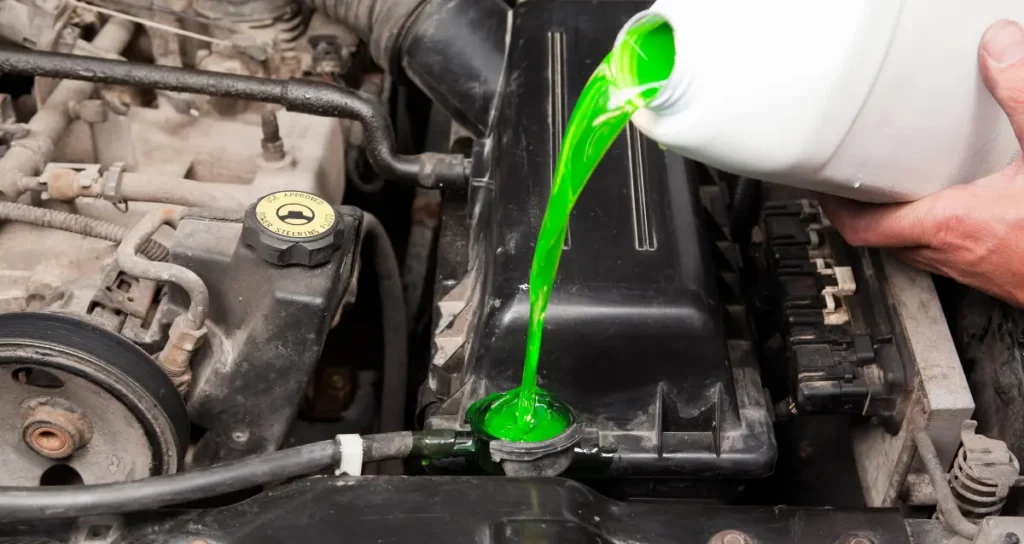
Maintaining the Coolant System
Proper maintenance of the coolant system is essential to prevent future issues and ensure optimal engine performance:
Regular Coolant Level Checks
Regularly check the coolant level and top it up as needed. This helps prevent air pockets from forming and ensures adequate cooling.
Flushing and Replacing Coolant
Over time, coolant can become contaminated or break down, reducing its effectiveness. Follow your manufacturer’s recommendations for flushing and replacing the coolant at the recommended intervals.
Inspecting for Leaks and Damage
Regularly inspect the cooling system components, such as hoses, radiator, and water pump, for any signs of leaks or damage. Addressing issues promptly can prevent further complications and costly repairs.
Conclusion
Bleeding the coolant system is a crucial maintenance task that should not be overlooked. By following the steps outlined in this guide and taking the necessary precautions, you can effectively remove any trapped air pockets and ensure optimal engine cooling. Regular maintenance and prompt attention to any signs of issues will help extend the lifespan of your cooling system and prevent costly repairs down the line.
FAQs
Why is it important to bleed the coolant system?
Bleeding the coolant system is essential to remove any trapped air pockets, which can impede coolant flow and lead to overheating issues. Air pockets can also cause the coolant level to drop rapidly, requiring frequent topping up.
Can I bleed the coolant system with the engine hot?
No, it’s important to never attempt to bleed the coolant system while the engine is hot. The coolant can be scalding hot and pose a risk of burns. Always allow the engine to cool down completely before beginning the bleeding process.
How often should I bleed the coolant system?
In most cases, you’ll need to bleed the coolant system after any maintenance or repair that involves draining the cooling system or if you notice signs of air pockets or overheating issues.
Can I use water instead of coolant during the bleeding process?
It’s generally not recommended to use water instead of coolant during the bleeding process. Coolant is specifically formulated to prevent corrosion, lubricate components, and provide freeze and boil-over protection.
What should I do if I’m still experiencing issues after bleeding the coolant system?
If you’re still experiencing issues with air pockets or overheating after following the bleeding process, there may be a more serious underlying issue, such as a faulty thermostat, water pump, or head gasket. In such cases, it’s best to consult a professional mechanic for further diagnosis and repair.
FURTHER READING

